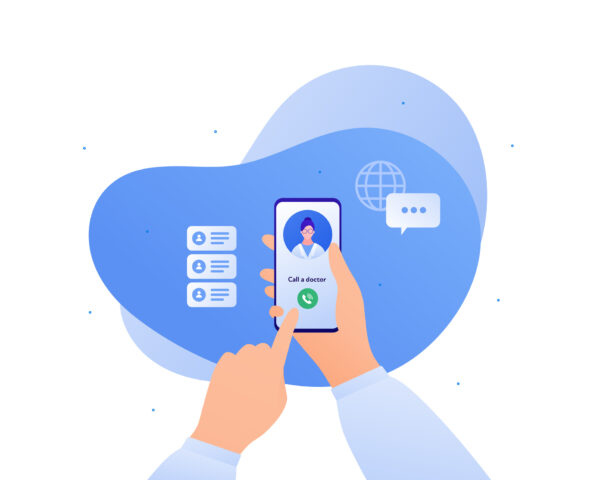

New technologies for health monitoring and improvement at home are taking off, and are expected to see massive growth in the coming decade. An analysis from Precedence Research predicts that the home medical equipment market will grow from $25 billion this year to nearly $43 billion by 2032. Much of the growth is driven by rising prevalence of cardiovascular disorders, sleep disorders, and diabetes.
Working in the cardiac care delivery space, I see how important it is to empower people with tools to use from home. Heart disease is the most common cause of death in the United States and worldwide, and about 80% of premature heart disease is preventable. Meanwhile, it’s getting tougher for many people to get frequent appointments with heart specialists, partly because staffing can’t keep up with demand.
So devices can make a huge difference. Of course, they need to be not only user friendly, but also built with interoperability so that they integrate data into the providers’ EMR systems in real-time. These devices should also detect and instantly alert healthcare providers to any changes or dangers so they can adjust the care they give their patients.
But there’s also another step that is, all too often, underestimated. To achieve their big goals of helping people transform their health, the many businesses creating these devices must design them as part of robust disease management programs.
Apps that promote lifestyle change
The use of medical devices should not feel like a chore. Instead, they should become part of a patient’s lifestyle. This means serving a broader role than just running a diagnostic test or collecting a fresh piece of data.
The most successful devices I’ve seen come along with apps that offer rich content. This includes curating an array of media relevant to the user — videos from people with the same or similar diseases; articles filled with ideas and advice from respected, credible medical institutions; podcasts in which people discuss emerging research into the field, and more. We live in a time in which people seek out content at unprecedented levels. The more people are drawn into a closed-loop ecosystem that accompanies the device, the more likely they are to make it part of their daily lives — and to remember to put the device to frequent use.
Chatbots should be part of the equation as well. With the advent of new AI technology, health tech innovators have more opportunities than ever to offer these automated solutions — but with important limits.
The chief role of these bots should be to help users through the process of using the app or platform. For example, a patient should be able to ask, “Where can I find information about which foods are best for me?” Or “Where are the instructions for making sure I’m using this device correctly?” The chatbots should not dispense any medical advice.
Human interaction built in
Successful disease management programs built around these devices also offer direct access to experts. For example, lifestyle coaches should be available to help give people suggestions for improving their health. Doctors and other healthcare providers should be available to provide counseling when needed as well. Ideally, this kind of help is available live, on demand, through video calls, phone calls or messaging within the app itself. At the least, patients should be able to request a call or message back within a certain time frame.
The people who are available to guide users should operate at their highest level of knowledge. For example, if you have a cardiology app, have coaches available to recommend exercise and other lifestyle changes to users of that app. I’d recommend having cardiologists on standby who can jump in with televisits for 24/7 virtual care.
A patient’s own healthcare provider should also be accessible through the app, although they generally will not be available on demand. To keep patients engaged and using the device regularly, doctors should have their televisits with patients take place within the app itself, helping cement the app as a part of the patient’s disease management program.
Today’s healthcare system is extremely complex and backlogged. Patients must be empowered with tools to track their progress and discover when there are problems. When these tools function as part of disease management programs, patients stand the best chance of avoiding disease progression — and become more empowered than ever to live their best lives.
Photo: Anastasia Usenko, Getty Images


















